You know by now that we’re big fans of digital integrations with direct mail here at DME Digital. But there are even more ways to incorporate digital technologies with direct marketing than what we do: including on the mail itself!
From QR codes to augmented reality, direct mail marketers are using a wide variety of technologies to increase ROI, improve conversions and build their brand identities. It’s time to embrace the mail of the future with our favorite digital technologies for direct mail:
PURLs
PURLs stand for either Personalized or Persistent URLs depending on who you ask.
(The “URLs” part stands for Uniform Resource Locators – otherwise known as web addresses)
How do they work? Well, the direct mail provider prints a customized web address for each piece of mail it sends it out. Then, the customer enters their PURL into a browser to find a personalized web page made just for them.
Or at least that’s the intended effect.
In reality, the pages are dynamically populated with user information applied onto a pre-built template. What really makes them personalized is the ability to track individual customer reactions to the mail pieces.
Some in the industry, however, point out that this is easier done with other forms of technology and may not be the best choice for direct mail and digital integrations.
While it’s true that industry budget and interest in PURLs is staying right where it is – with roughly 60% of providers not making any use of them – they remain an effective tool in facilitating the buyer journey. This is a large part of what we do here at DME Digital: building landing pages built from direct mail in order to create seamless omni-channel marketing.
QR Codes
Similar to the PURL, QR – or “Quick Response” – codes are an early adaptation of digital marketing on direct mail and other printed assets.
The concept is simple: the mail provider prints a QR code on their mail and asks customers to scan it with an app. The code triggers the user’s device to navigate to a special web or offer page with the coupon code, discount or unique service mentioned on the mail piece.
It’s important to note, however, that many customers may be hesitant to download an app just for a piece of mail, so lower response rates should be considered.
The main benefit is that you are able to track those responses far more accurately than with a simple piece of mail.
There’s also a hidden advantage to weeding out disinterested customers: we’ve run several campaigns where the end goal has been to provide the client with only highly qualified, interested leads. Auto dealerships, for example, don’t need many sales to make a positive ROI, so ensuring that your offer only gets the most serious responses can be a benefit in this case.
If you end up using QR codes in any of your materials, don’t think you have to stick with plain barcodes, artists and designers are creating some truly impressive designs for QR codes:
Near Field Communication (NFC)
Near field communication is a technology that makes use of radio frequencies to create desired effects in electronic devices within close range.
When a customer taps an NFC chip on a piece of mail with their smartphone, it can open an app, web page or other type of personal content you want to share with them. NFC chips don’t require an app to scan them like QR codes do, which makes for a lower bar to customer engagement.
Keep in mind, though, that as mail moves more towards these advanced technologies, costs might start to add up. NFC chips aren’t too expensive, but benchmark numbers suggest that they may not be best for every campaign.
Plus, in this era of technological immersion and security concerns, certain savvy audience segments may think twice about tapping a chip that interacts automatically with their device.
Video Mailers
We recently learned about companies that offer “video mailers” – pieces of mail with embedded videos.
These video players are paper-thin LCD screens preloaded with videos representing or explaining an offer. They are, needless to say, really really cool.
Some companies may even offer no minimum quantity of mail pieces for these devices, so they’re perfect for small-scale targeted campaigns.
Using them for only your smallest campaigns is probably the best plan, because as you may have guessed, these things are expensive.
Still, if you have a high quality promotional video and you want to share it, there’s nothing that will get customers’ attention more than a video screen in their mailbox. If you’re a visually oriented organization or company, this is a great chance to show off.
Augmented Reality (AR)
Augmented Reality, or AR, has a variety of meanings in different industries. But for direct mail marketers, it refers to composite images generated using computer graphics superimposed over real-world imagery.
Photo Source: United Mail
One company did an awesome case study, sending out 90 AR Christmas cards to demonstrate the technology’s capabilities.
What they found was this:
Not only were people reacting very positively to the cards at the time, they were also continuing to share those cards several months later. People were still downloading their app at increased rates six months after Christmas!
People love interactivity, which is why they respond so well to digital in the first place – it’s an inherently interactive medium. That’s why we push so hard for digital integrations with older marketing techniques. It’s a win-win for everyone involved.
Tying it All Together
As with every marketing initiative, it’s always best to go omni-channel where possible. Considering all the above technologies, the ideal way to use them would be together, at different times.
Think about this: You send out a direct mail campaign with a QR code or NFC chip embedded.
When the customer scans the code or taps the mail with their smartphones, it’ll pull up a PURL with their offer. Depending on the situation, you may also swap these elements out with AR.
The user experience from all of this is a seamless transition from your direct mail to the digital offer, with plenty of razzle-dazzle in the mix.
The user is guided from one medium to the next, and will come out at the end with a much more positive opinion of your company or client. Even if they don’t convert then and there, you’ve made a lasting impression – much better than just having your mail thrown out without a second glance, right?
Have you used any of these technologies? What was your experience? Let us know in the comments!
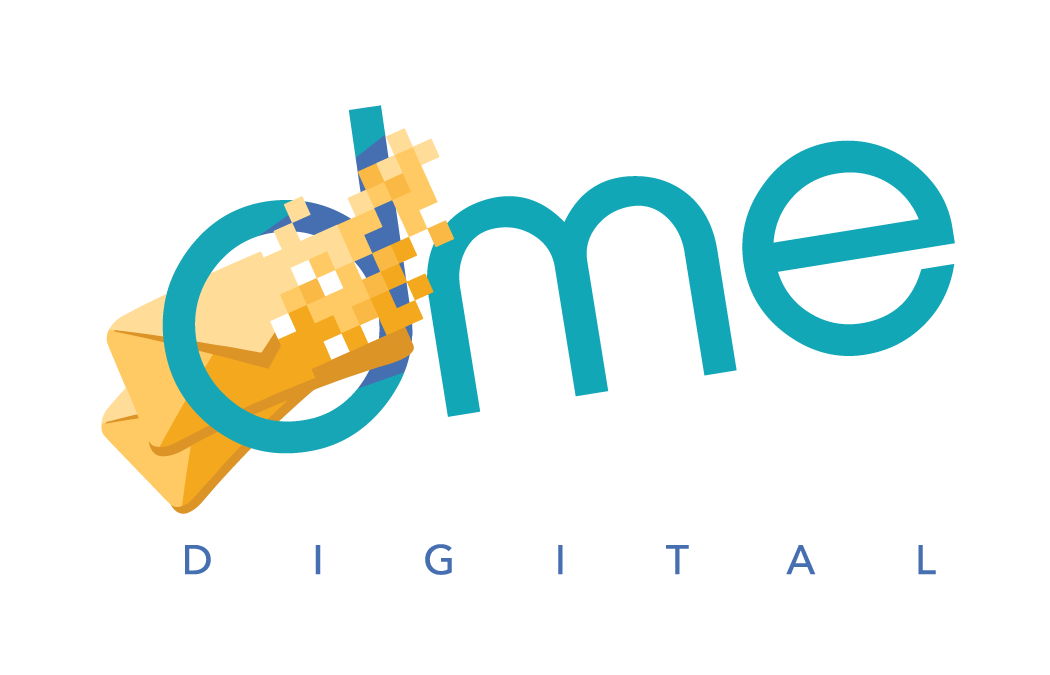
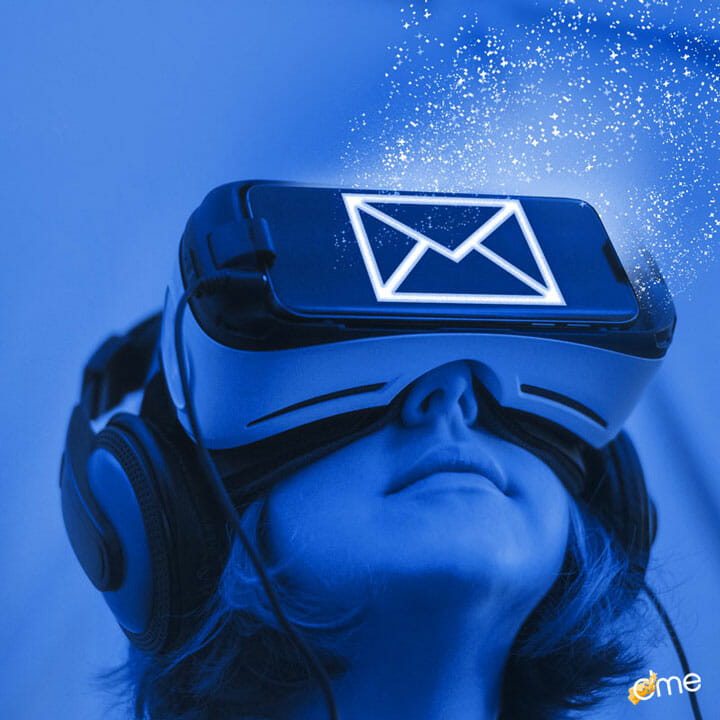

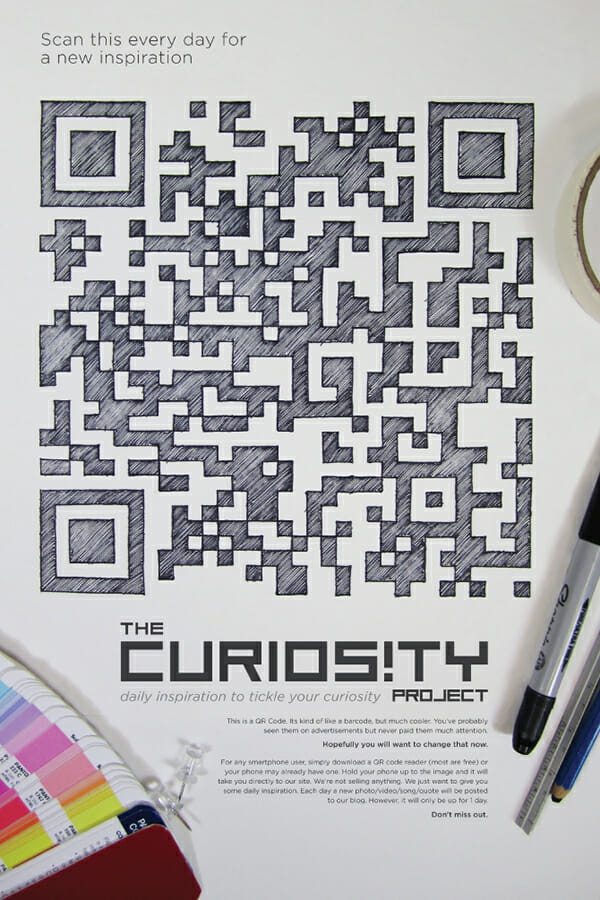

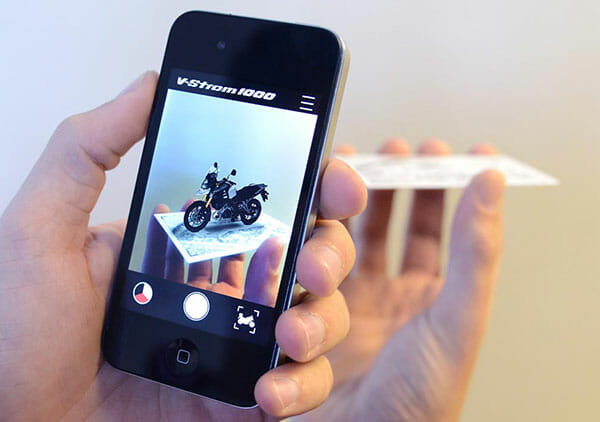
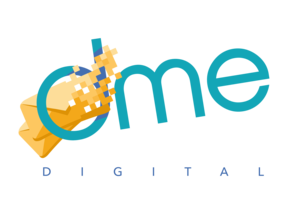

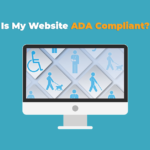







1 comment
Join the conversationLinda Arpin - December 14, 2018
Very good information! Well written and a great read 😊